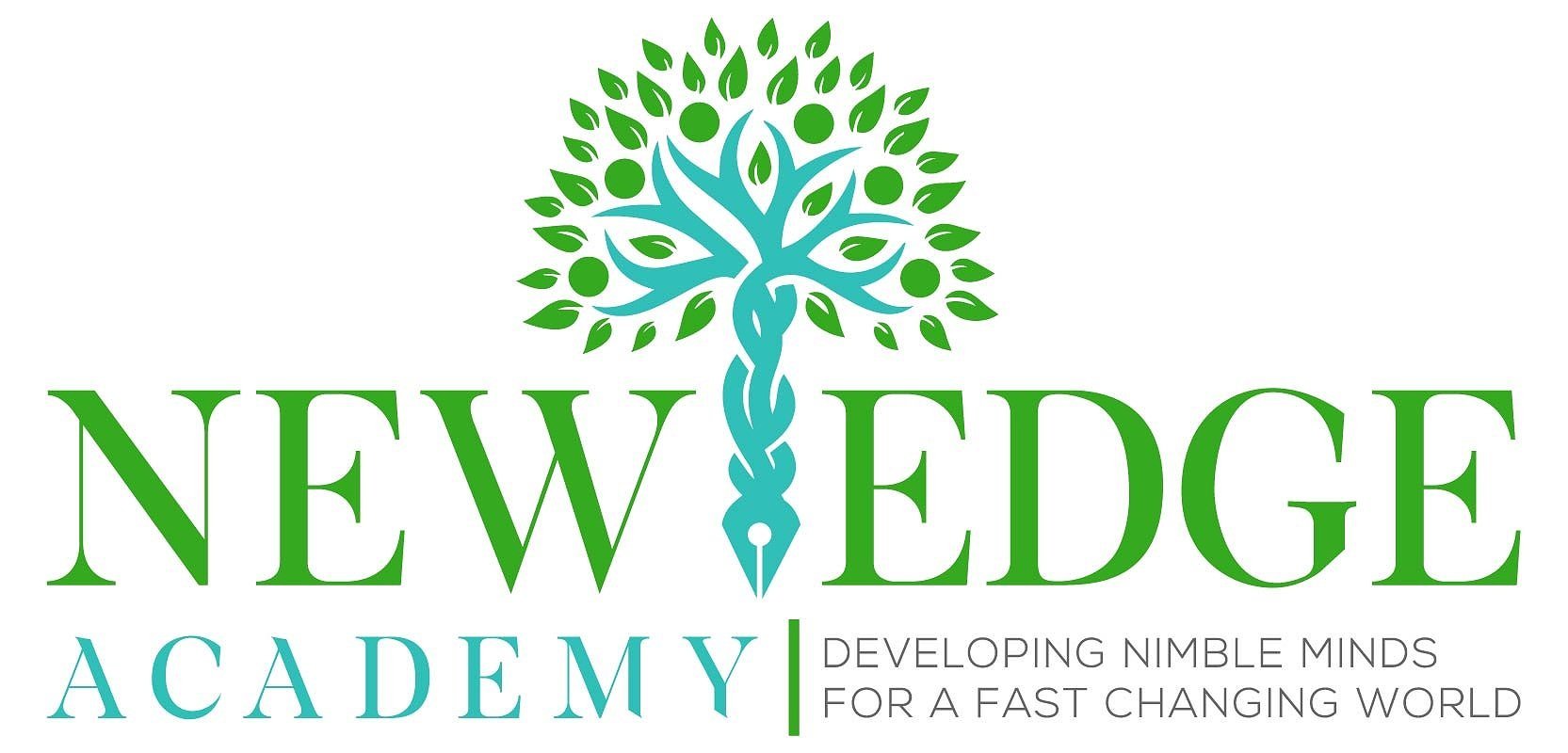The 4 Driving Questions
More - Faster - Better
Driving ourselves into success seems to be a mandate of our culture. The puritan founders extolled that “If you aren’t suffering, you aren’t working hard enough.” In the traditional classroom, teachers set the bar for the students to strive to attain. Some soar, but some struggle, some can’t. The hero’s quest is installed at an early age. There is a story in our culture, “As soon as I accomplish this goal, I will be successful.”
It doesn’t feel good to work like that. So we do things differently. We don’t “have to.” We “get to!” We agree that it is very important to install a sense of urgency. Life moves so quickly that kids benefit from feeling that pull. There are only 24 hours in a day and we only get each moment once. Grab each moment and engage it to the fullest. This is the urgency we promote.
In order to propel that sense of urgency, each student is asked four questions throughout the day. The first is “What do you want?” The second is, “How can I help?” The third is “What did you do?” The fourth is “What now?”` These four questions become thinking habits that students will continue to ask themselves throughout their lives. These questions can change a student’s life. We ask them all day, every day, to inspire students to plunge into learning and steep all day.
What do you want?
What do you want? When is the last time a kid was asked that question? Maybe what do you want for dinner, but hardly even that. Kids get told what to do, what to think, and how to be every moment of the day. Kids can think that what they want doesn’t matter. Sometimes it has been so long since anyone asked a kid what they want that they cry or get angry when they are finally asked. What do you want? It inspires dreams and hopes. Dreams and hopes can be made into goals, with chunks and sequences, tasks that can be accomplished.
How can I help?
How can I help? Kids are pressed into service all the time. Help with chores, school work, volunteer, which is all well and good. Sometimes students do get help, but find themselves sidelined while grownups finish projects for them. TO be asked “How can I help you do what you are doing?” evokes an entirely different feeling. An empowering question which allows a student to examine what he or she actually does need. It also turns the view of the student from centering the burden upon themselves, to looking into the community for help overcoming obstacles. It builds a sense of external resources available. It builds a sense of belonging to a larger community. To say,”I need help. I can’t do this alone, who can I go to for help?” is how networks are built. These are essential skills today, skills which do not get taught in the traditional classrooms. As students ask themselves that question, it becomes “Who can I ask for help?” This turns the imagination to scan for sources for experts nearby. As conversations develop, students become better at identifying their needs, discovering the right person to ask for help and articulate the help they need. Habits that will grow their life personally and professionally.
What did you do?
What did you do? Focus on the result. People don’t care about what you’re going to do, not what you are in the process of doing. People judge you by what you have done. What did you do? This pulls you into the moment of completion, the feelings that come with it. It is the apex of everything accomplished, the exhibition. What did you do? drives you into accountability and creates habits of attaining benchmarks and goals.
What now?
What now? That moment when you have been working really hard, you finish, look up and blink your eyes. This is a delicious moment to savor. How will you retain that beautiful feeling anchor it into all your senses? Will you have a nap? Will you have a snack? This is definitely time for a reward. How will you reward yourself for your accomplishment? And then, after a while, when the glow has dimmed, we need to develop the habit of asking the question, “What now?” If you are alive, you are working. The question of “What now?” encourages us to create our next project. It creates that sense of urgency we see with successful people. It creates a joyful awareness of infinite possibilities and a feeling that the answer is yes.
